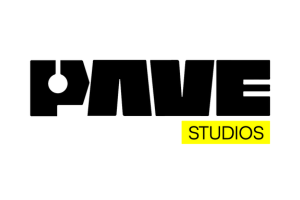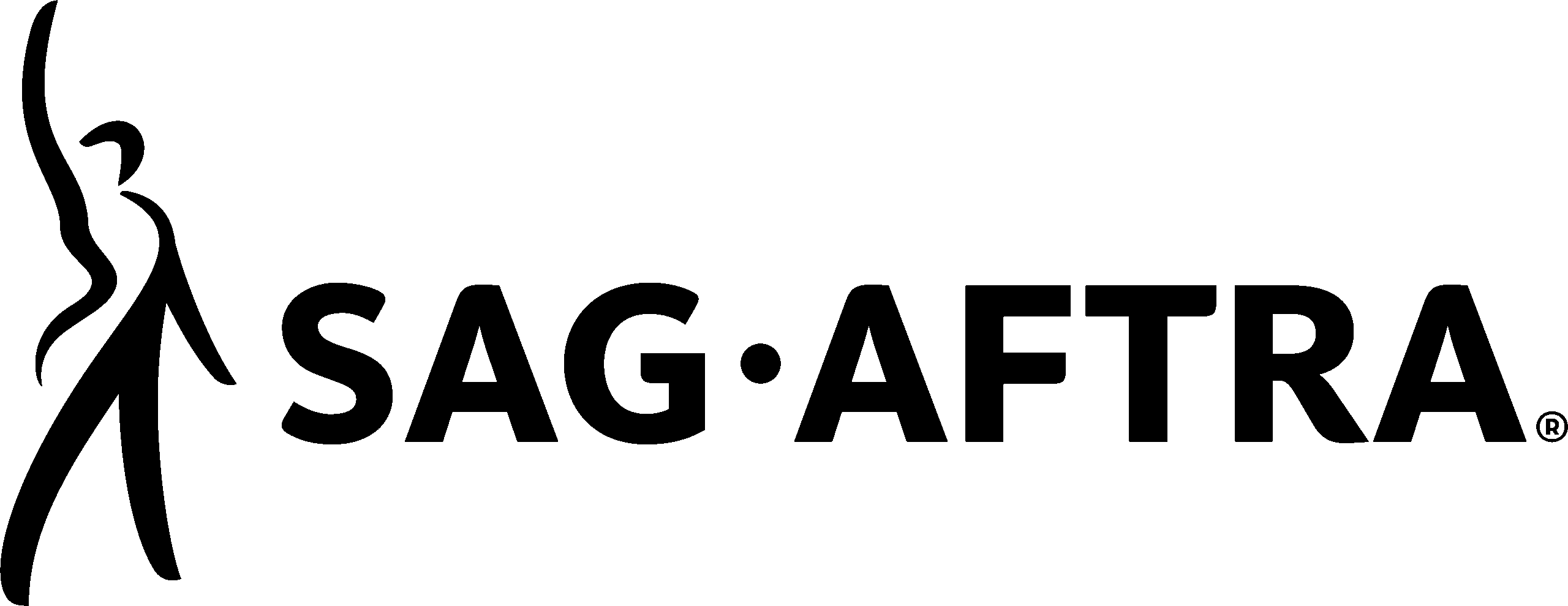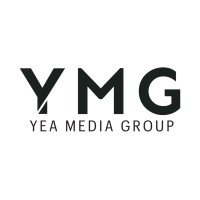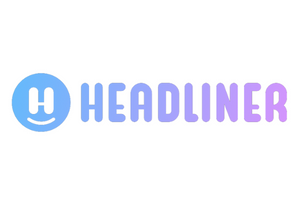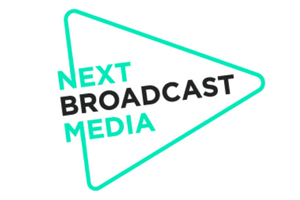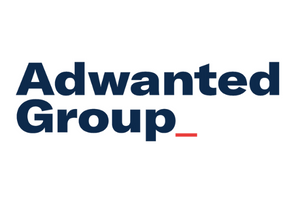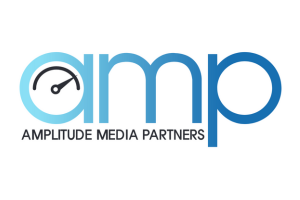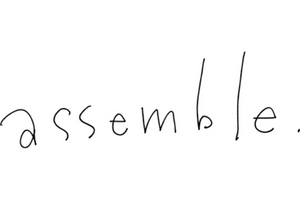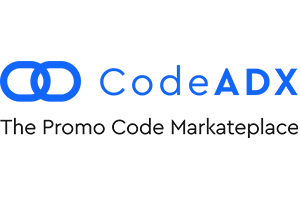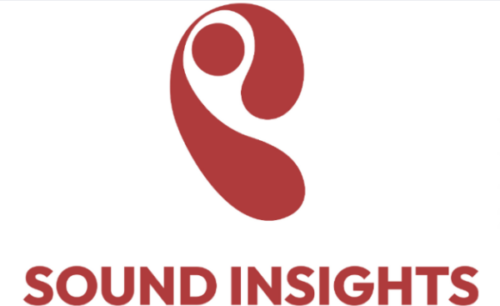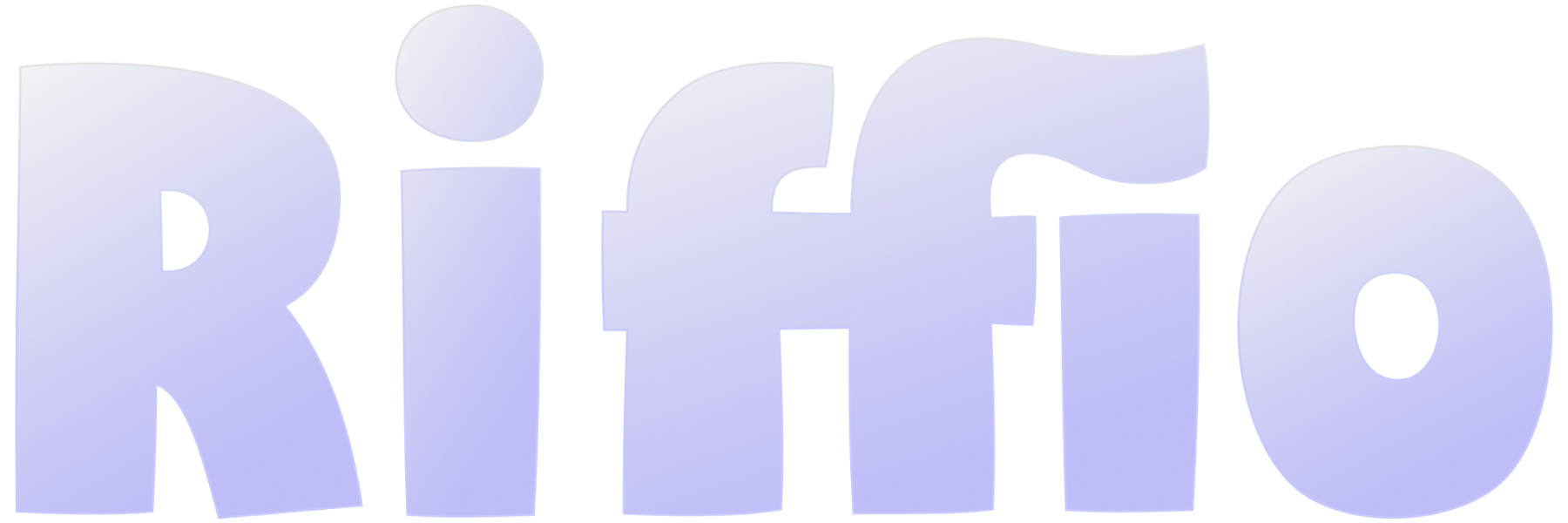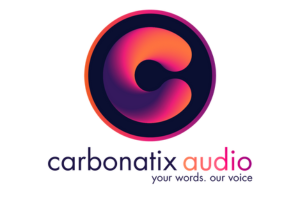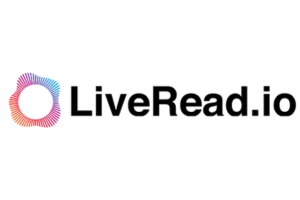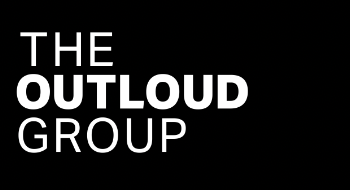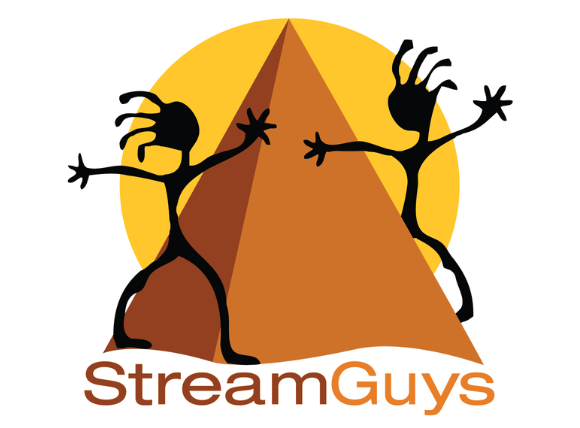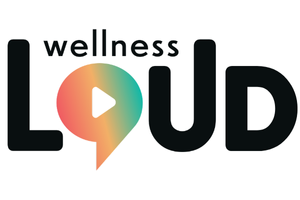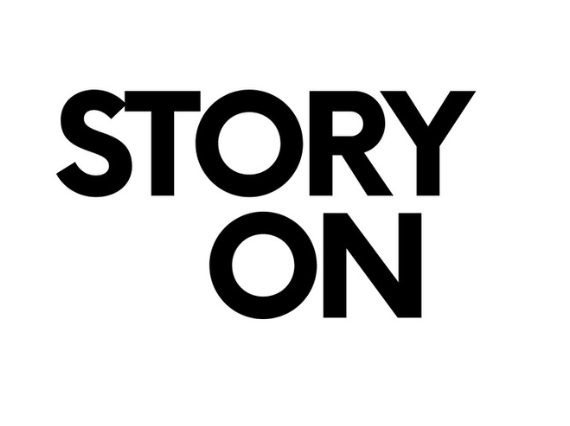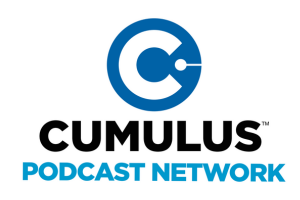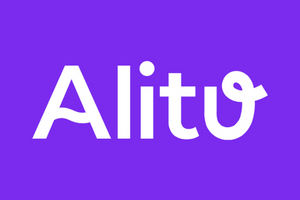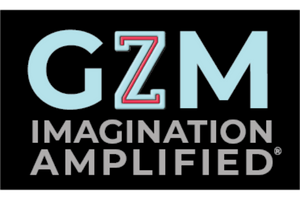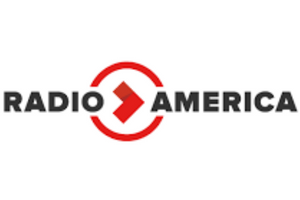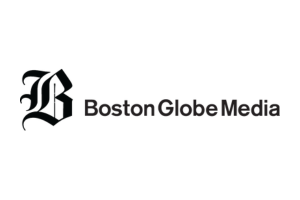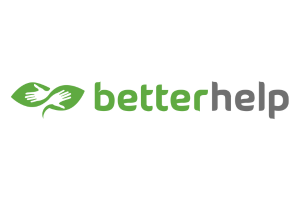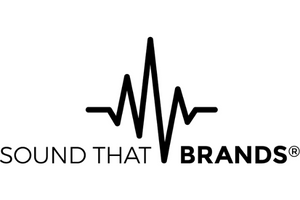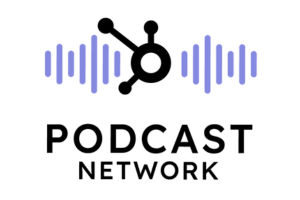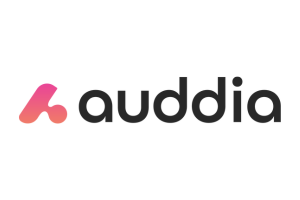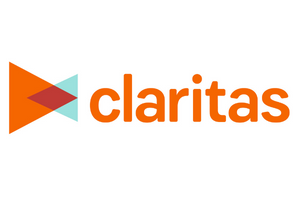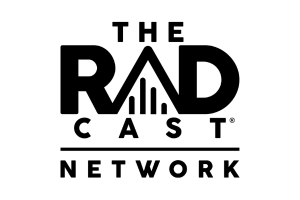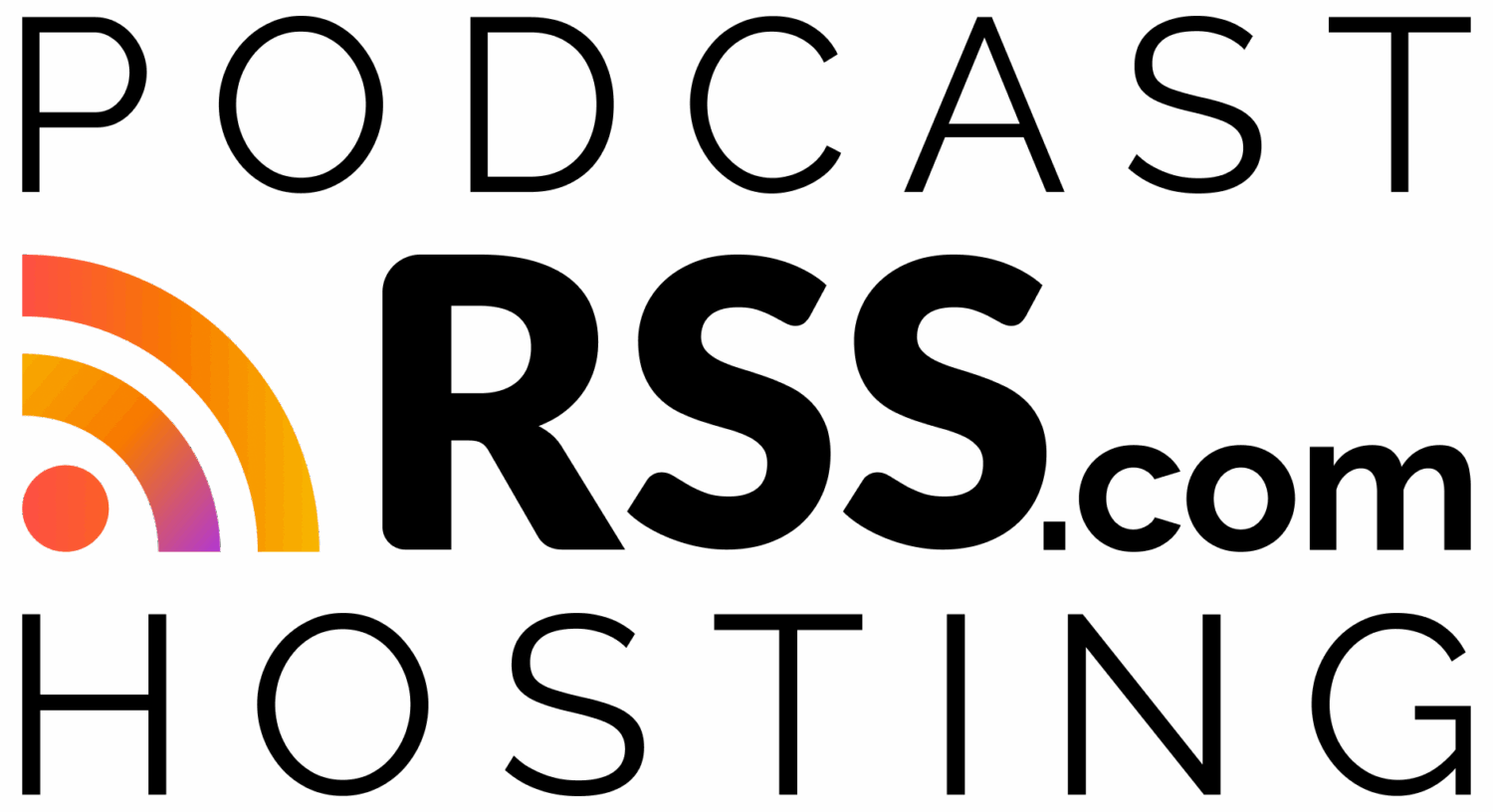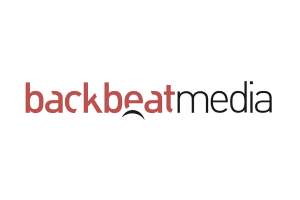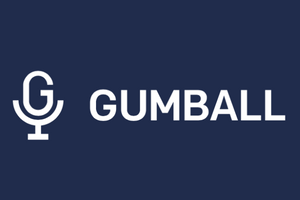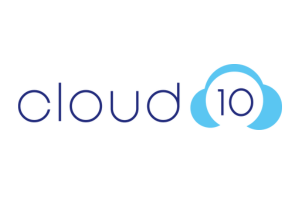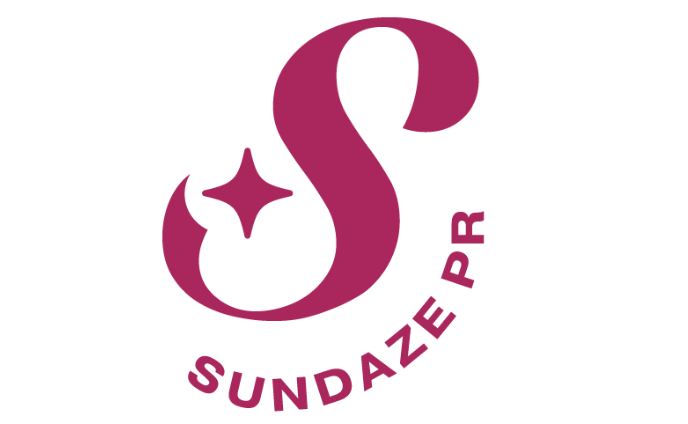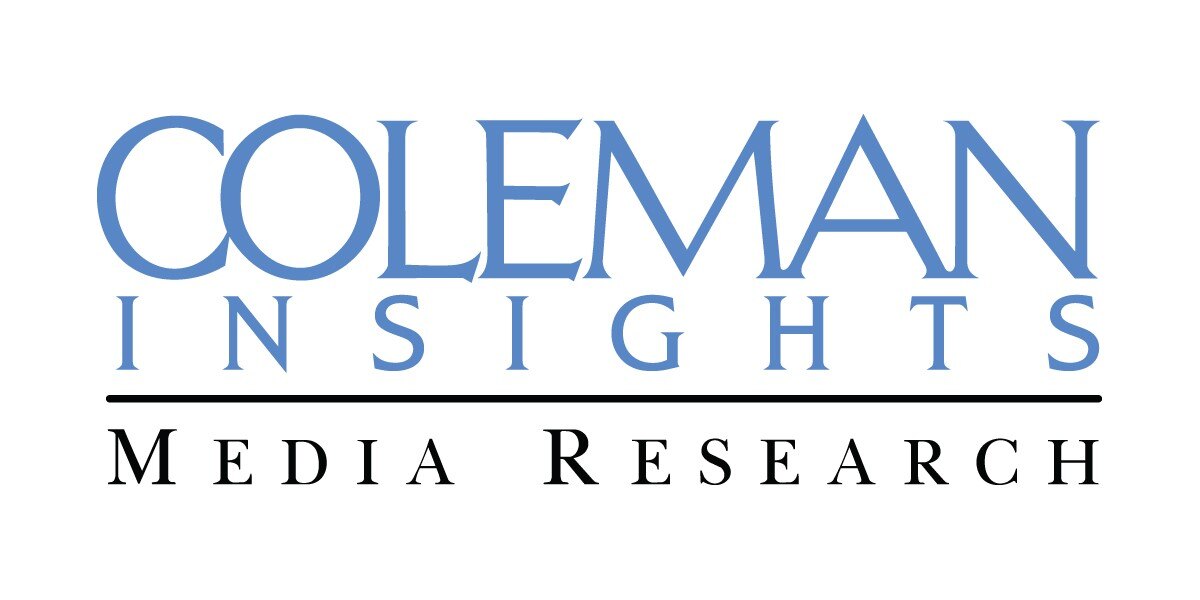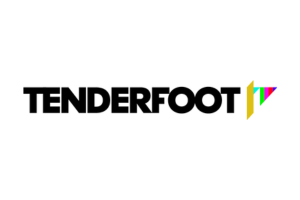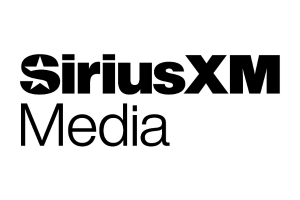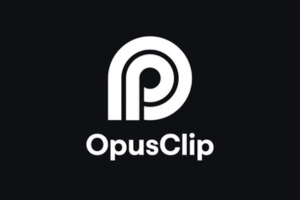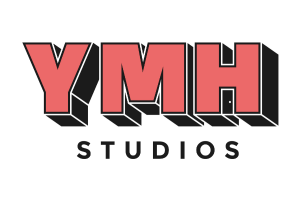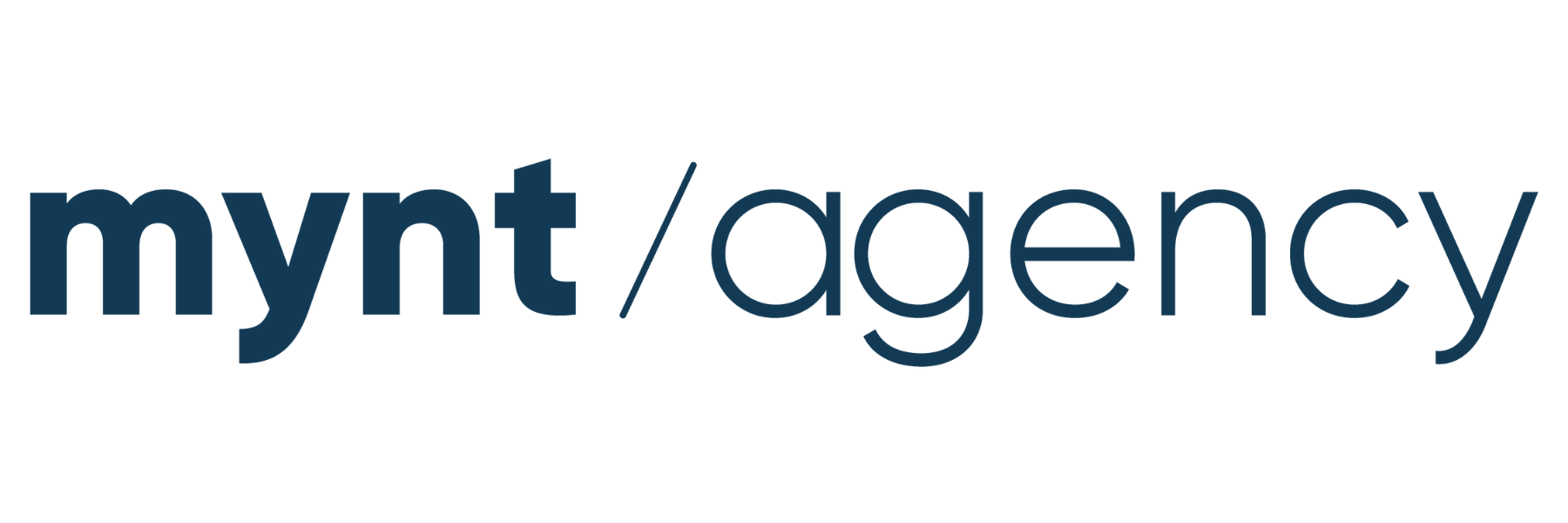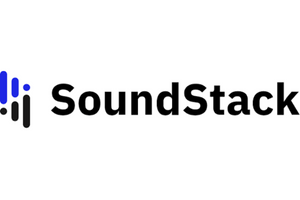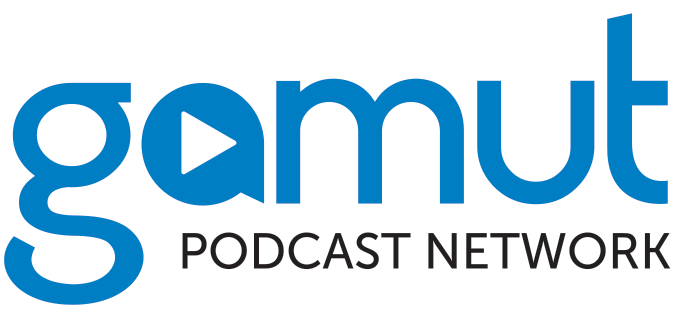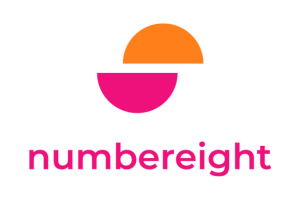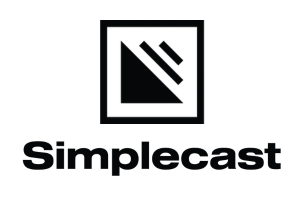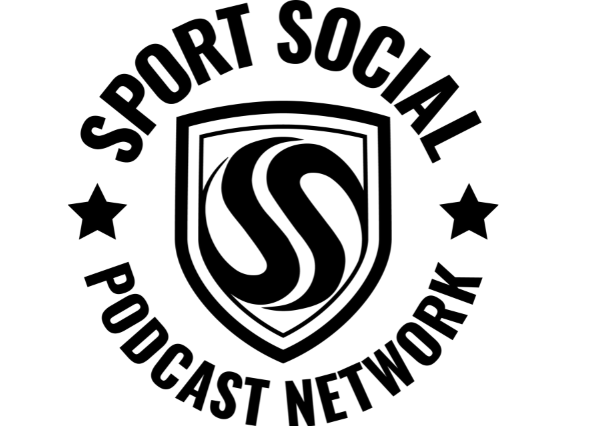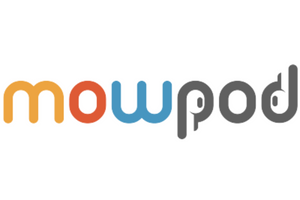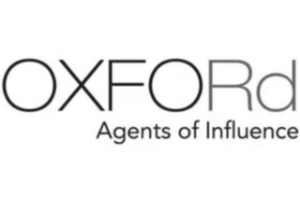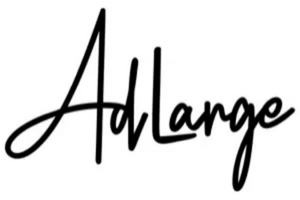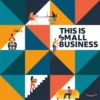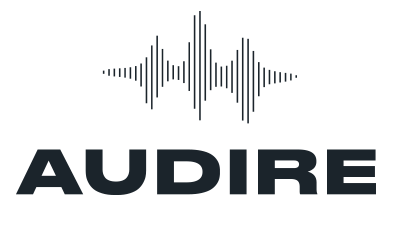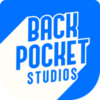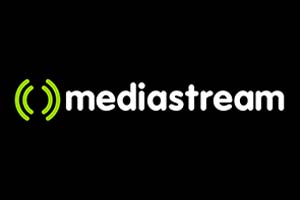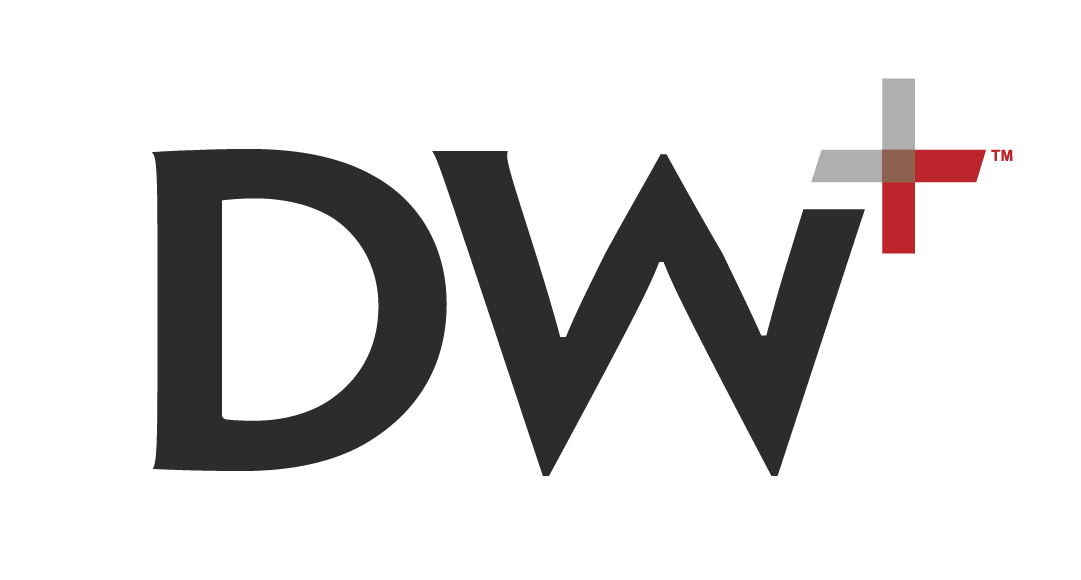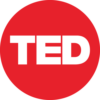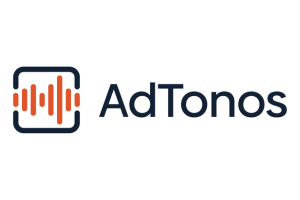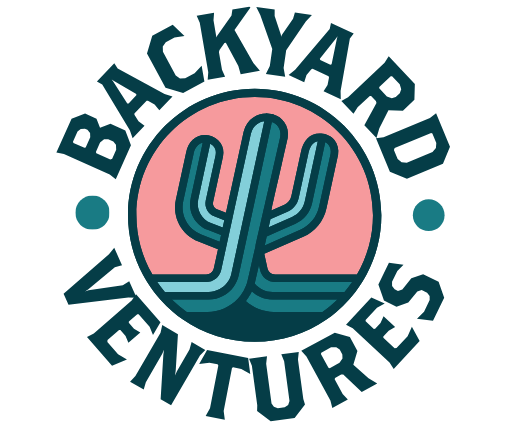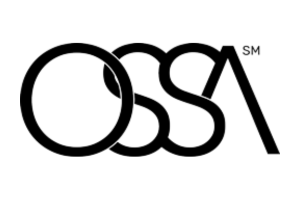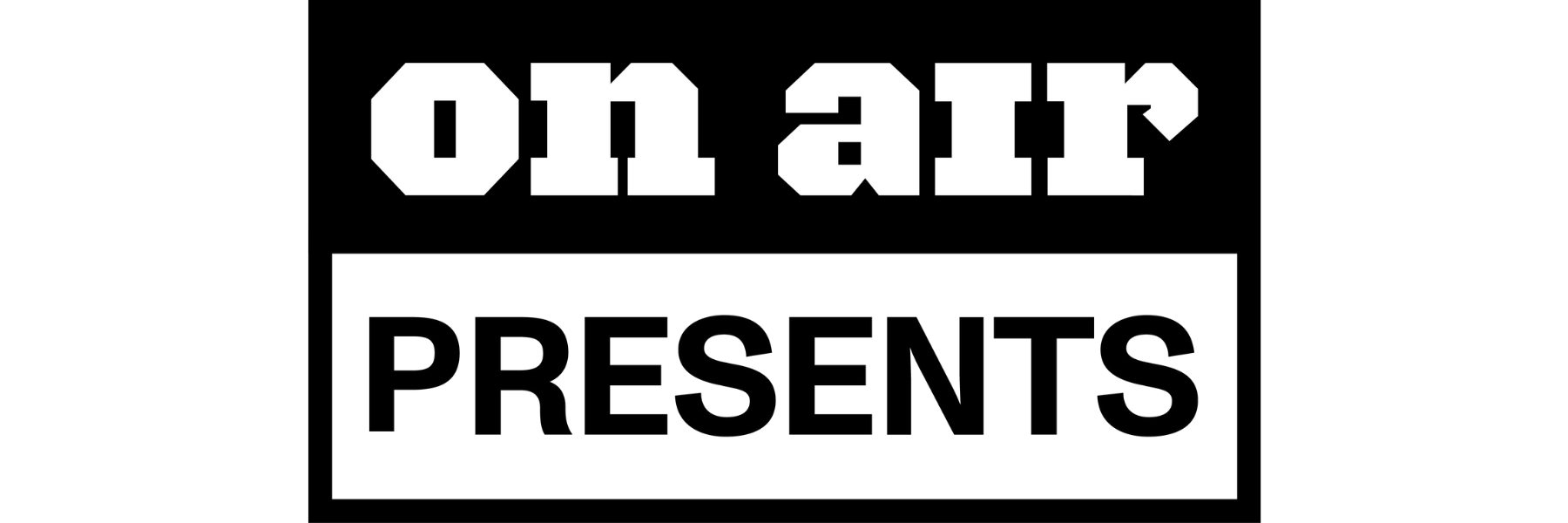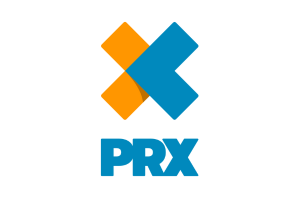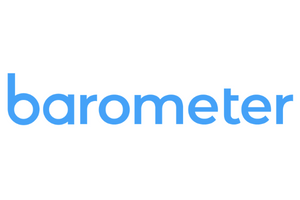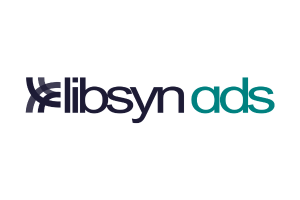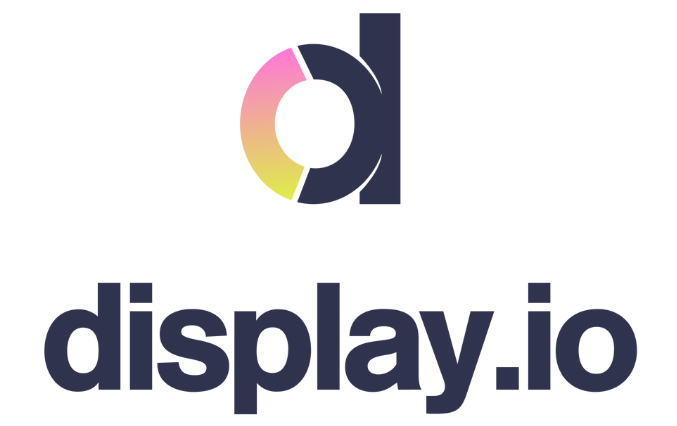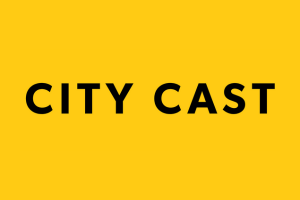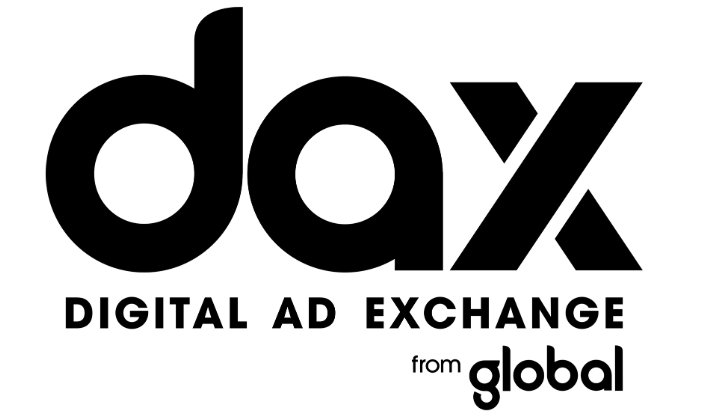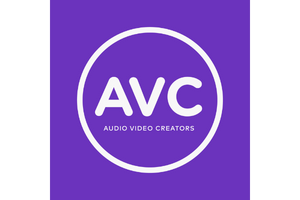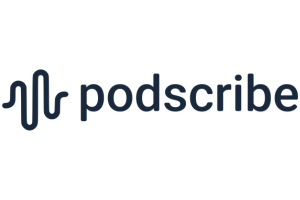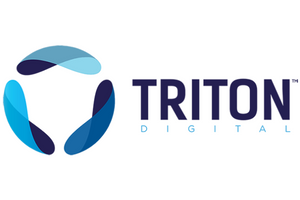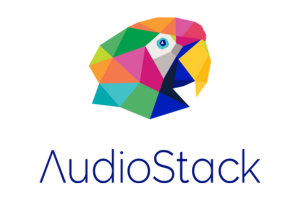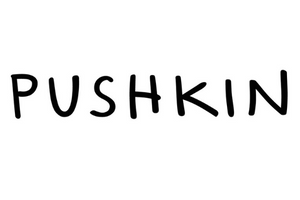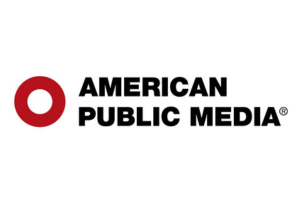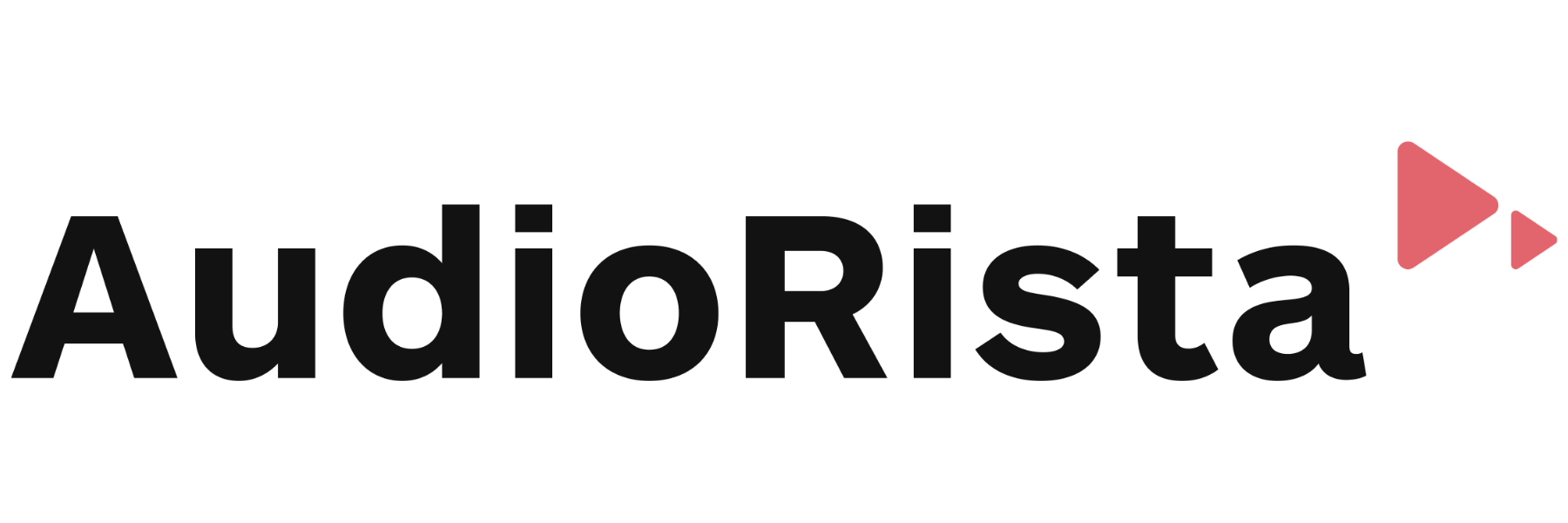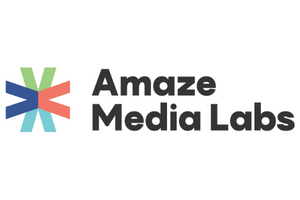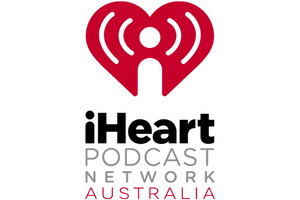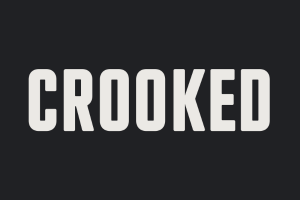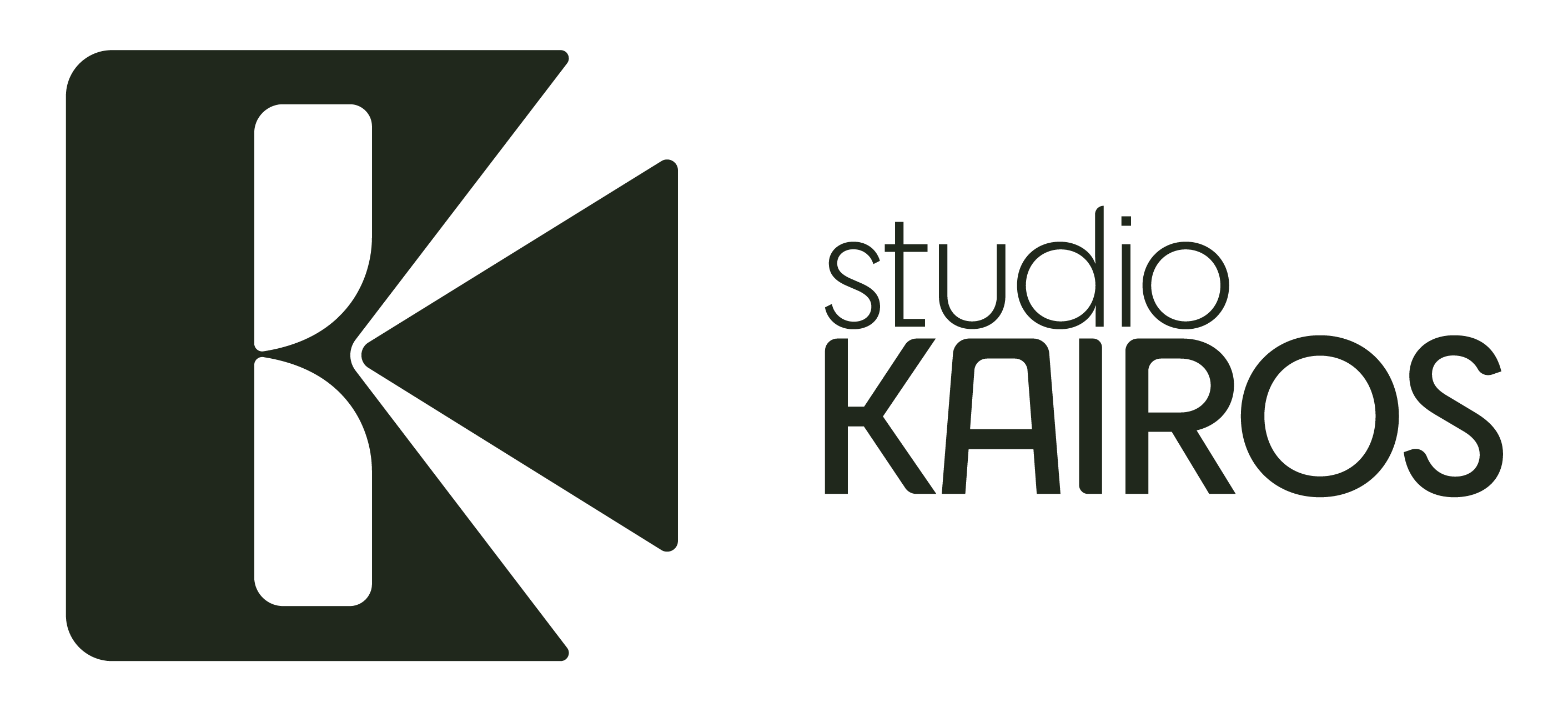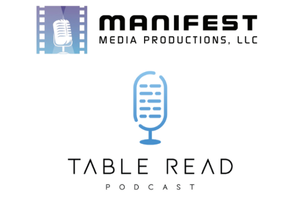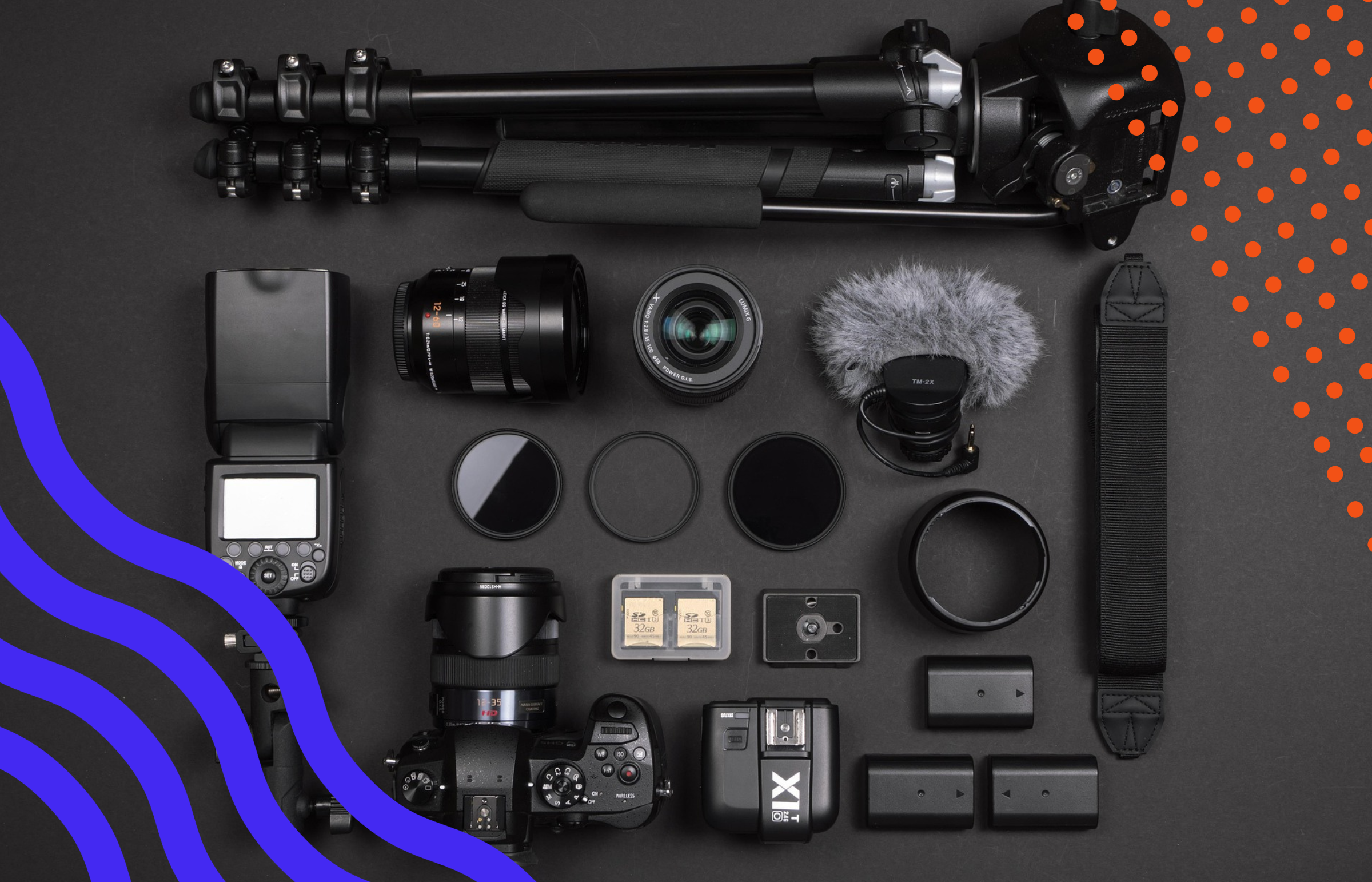New ways for creators to earn more with brand partnerships by Todd Sherman and Michael Beckmann
While a good chunk of the post is re-announcing previously announced tools for YouTube creators, the big one that might lead to a tidal shift in how YouTube and video podcasting is managed is YouTube’s version of dynamic ad insertion. Soon longform video creators will be able to dynamically insert brand segments into designated slots. Instead of burned-in segments that permanently live in the video (e.g. host-read podcast ad breaks), YouTubers will be able to drop a marker and drop in pre-filmed sponsor segments that can be swapped out over time as sponsors change. The feature is slated to be tested with a small group of creators early next year. This has the potential to change the face of YouTube, as a good portion of “event” videos that require large sponsorship deals. With a YouTube version of DAI, those sponsorships could become hot-swappable (which might have a knock-on effect of making old-school baked-in sponsorships even more valuable).
The top 10% of Americans account for nearly half of consumer spending by Matty Merritt
Moody’s Analytics Chief Economist Mark Zandi has a new analysis of Federal Reserve data finding that the top 10% income bracket made up 49.2% of total consumer spending in Q2 2025. An increase from 48.5% in Q1, signalling a growing divide between high-income earners and lower/middle income in the U.S. Shopping is up, restaurants saw a summer boost in attendance, but those making less than $175,000 per year are spending the same since the pandemic. As Merritt puts it, spending looks strong in avoiding recession indicators, but it’s balancing on one leg. As far as the world of podcasting is concerned, advertisers have the ability to target that 10% with relative ease, as zooming in on subgenres like B2B podcasts taps into audiences predominantly built of higher-earners/decision makers at companies.
The Short Report, Ep 1: The Long View on Short Form
Short drama apps are slated to make $3 billion USD this year outside of China. While short-form content in some form or fashion has existed in U.S. entertainment for over a century, even modern systems like YouTube shorts don’t take the scripted shortform drama into account. There is a thriving industry of short-form soap operas developed for shortform video (often referred to as “verticals” by actors). Generally they take the form of hour-ish stories chopped up into sub-two-minute episodes that always end on cliffhangers. Apps specifically for those vertical dramas, such as ReelShort and DramaBox, are performing well with profit models that lock users out of a story after 10 or so episodes, forcing them to watch ads, use micro-transactions, or pay for a subscription to continue. Owl & Co tracks around 200 apps worldwide (excluding China) and finds the top 20 make 90% of the revenue in the genre, connecting with 10% of U.S. smartphone users. Hernan Lopez suggests the shortform drama/soap opera market has yet to have its real Serial moment to take off. It seems like the conditions are ripe for the first company that fully takes advantage of the fact podcasting has had audio drama creators making short-form scripts built around twists for decades. It could be the vertical Serial moment comes from a short-form fiction video podcast.
As for the rest of the news…
- Audioboom has now paid out over $325 million in payments to over 8,000 podcast creators since launch.
- Amplitude Media Partners have launched AMP Advantage, a tool that allows users to tap into both programmatic and direct-sold ad campaigns.
- The Podglomerate has a new episode of Podcast Perspectives focusing on how to get a podcast reviewed by major publications like Vulture or The Guardian, featuring guest host Alice Florence Orr of Podcast Review.
- Amplifi Media founder Steven Goldstein has a new blog about generative AI podcasts and the analysis paralysis having many near-identical choices might cause for the average listener whose feeds are clogged with iterative podcasts.
- Bell Media has renewed their deal with iHeartMedia to continue representing iHeart’s podcast portfolio in Canada.
- Digiday has a look at how free ad-supported streaming TV is doing with both audiences and ad buyers (spoiler: well).




